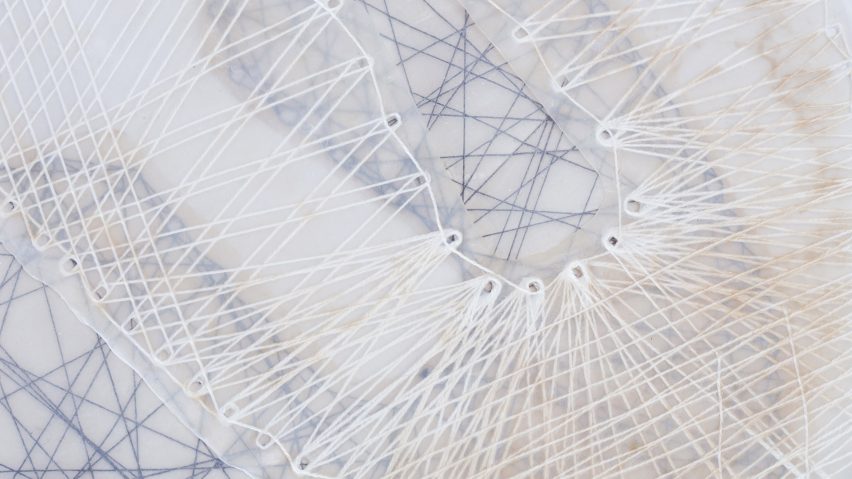
Six contemporary weavers who are bringing innovation to textile craft
The traditional craft of weaving is experiencing a modern revival, as makers experiment with digital technologies and taboo topics. Here are six individuals who are leading the movement.
A new book titled Weaving: Contemporary Makers on the Loom offers a survey of the contemporary weaving scene. Published by Ludion, it identifies more than 20 weavers from around the globe that are updating the craft for the 21st century and also making it more sustainable.
According to author Katie Treggiden, today's weavers are using new technologies to push the boundaries of the 8,000-year-old practice, while also embracing important topics and issues, from gender to migration.
"Weaving is an ancient craft undergoing a contemporary renaissance – from Esty-sellers with huge Instagram followings to weavers hoping to solve some of the world's biggest problems through innovation," she told Dezeen.
Here are six of the most innovative makers featured:
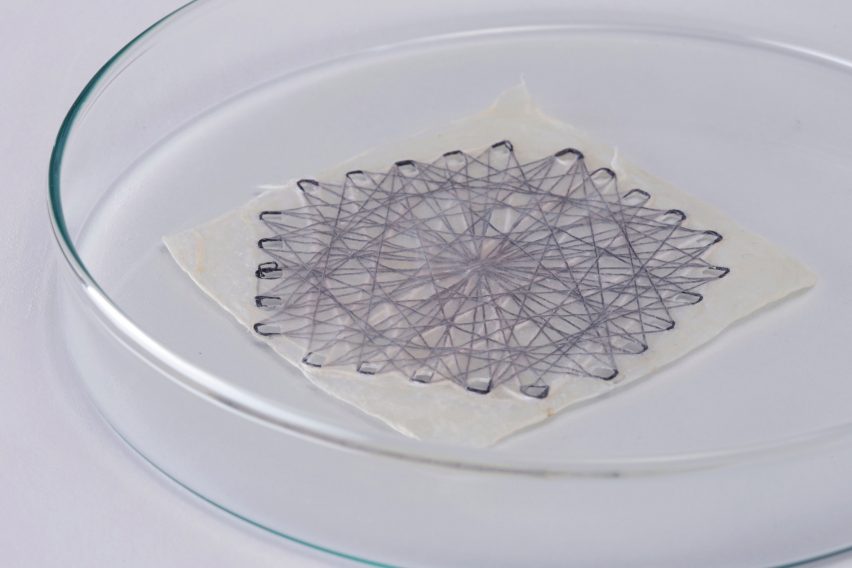
Jen Keane
California-based Jen Keane is pioneering a technique she calls "microbial weaving" to incorporate microorganisms such as bacteria and yeast into her textiles. Her aim is to create natural alternatives to high-performance synthetic fabrics.
"It would be great to say, lets just switch back to traditional natural fibres like cotton, wool, and silk, but its not realistic," she said. "In some applications they could work, yes, but we simply don't have the land/resources to grow enough of them."
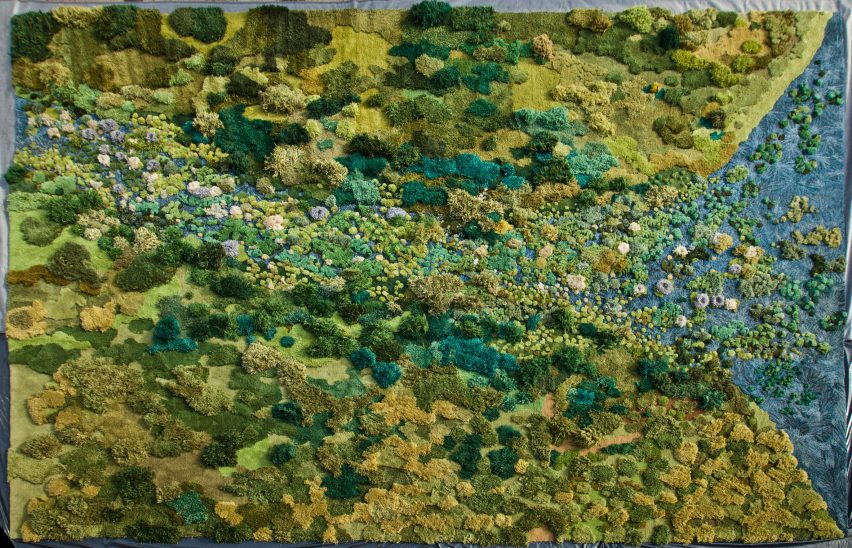
Alexandra Kehayoglou
Not technically a weaver, Buenos Aires-based Alexandra Kehayoglou uses her loom to produce hand-tufted carpets that act as maps of endangered landscapes. She uses aerial images captured by drones to create accurate depictions of real places, to remind people of the value of the natural world.
"I make carpets that resemble nature, documenting landscape and territories that are disappearing or endangered," Kehayoglou explained. "I want to bring attention to forgotten land, to bring remembrance, to act as a bridge between the land and people who seem to have forgotten it."
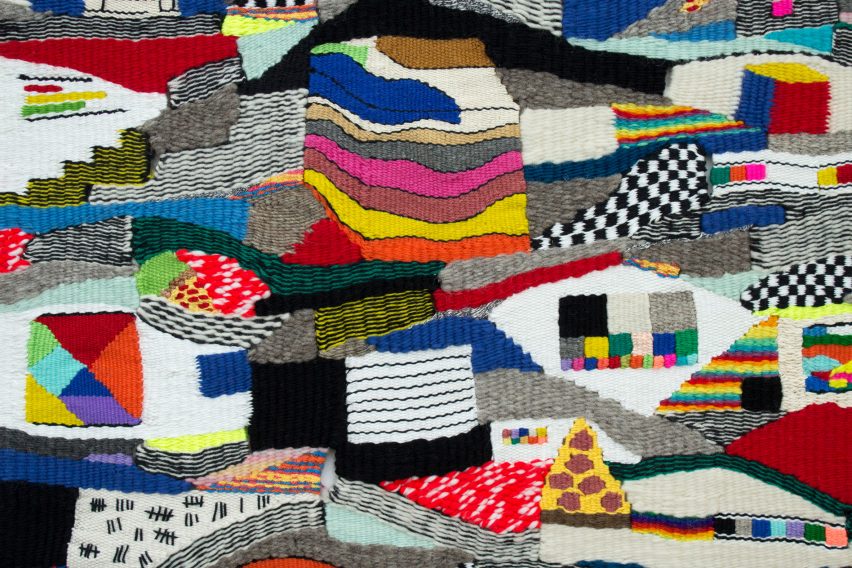
Kayla Mattes
Kayla Mattes is using weaving to visually document the changing culture of the internet. The California-based weaver creates tapestries that explore the new visual languages of cyberspace, through woven symbols and graphics.
"Looms and computers both use binary systems – there's a rich relationship between the two that makes weaving the perfect medium to translate the visual culture of the digital world into physical material," she said.
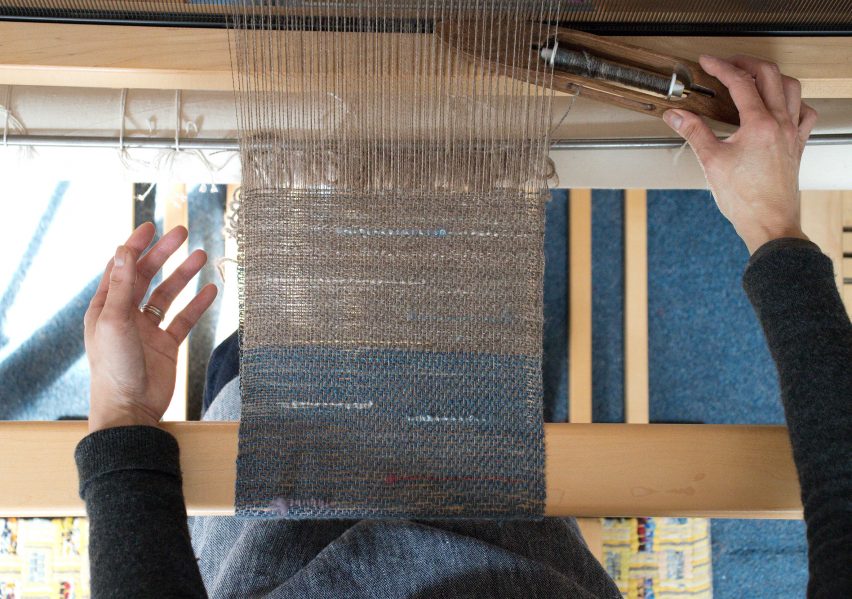
Lauren Chang
The circular economy shapes the way that California-based Lauren Chang operates. Working closely with farmers and shepherds, she tries to eliminate all waste from the production of her woven fleece.
"Focusing on the origin of materials and supporting agriculture are, in my opinion, two of the most future-focused perspectives in weaving today," said Chang.
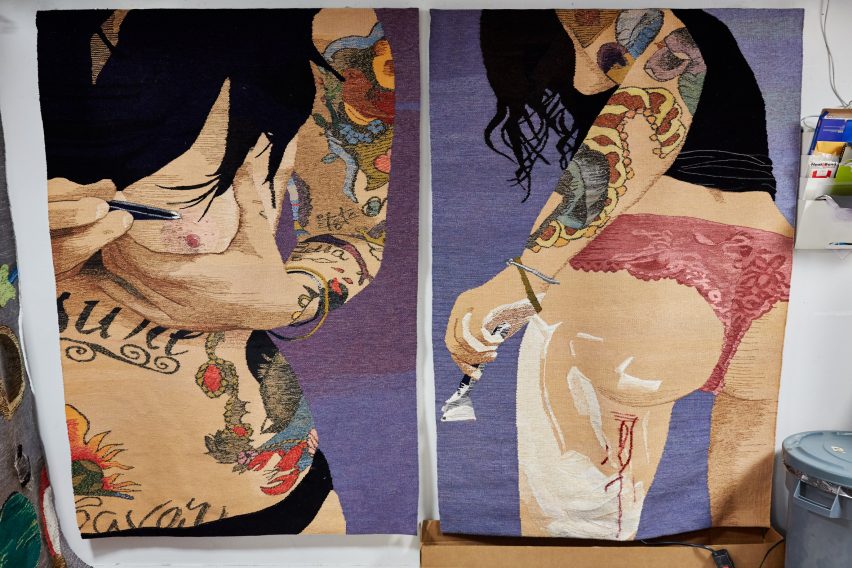
Erin M Riley
Brooklyn-based Erin M Riley creates tapestries depicting images of sex, masturbation, menstruation, drugs, mental illness and death. The weaver, who identifies as gender non-binary, draws attention to the breadth of imagery made readily available by the internet.
"The internet is vital – I have used it as my lifeline as an antisocial young teen," said Riley.
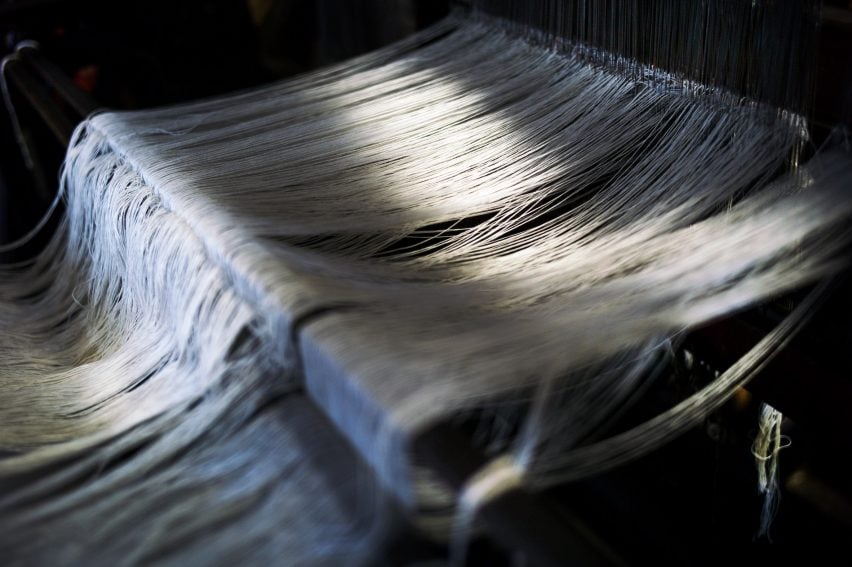
Daniel Harris
Over the past six years, Daniel Harris has restored a diverse collection of looms, dating from 1870 to 1986, in a bid to combine traditional mechanised weaving with digital techniques. At his mill in Malvern, UK, called London Cloth Company, he produces fabrics for brands including Ally Capellino, COS and Manolo Blahnik.
"It is one of the few places in the UK or even the world, where you can see the entire history of mechanised weaving from the industrial revolution to the digital era, all in one place," he said.